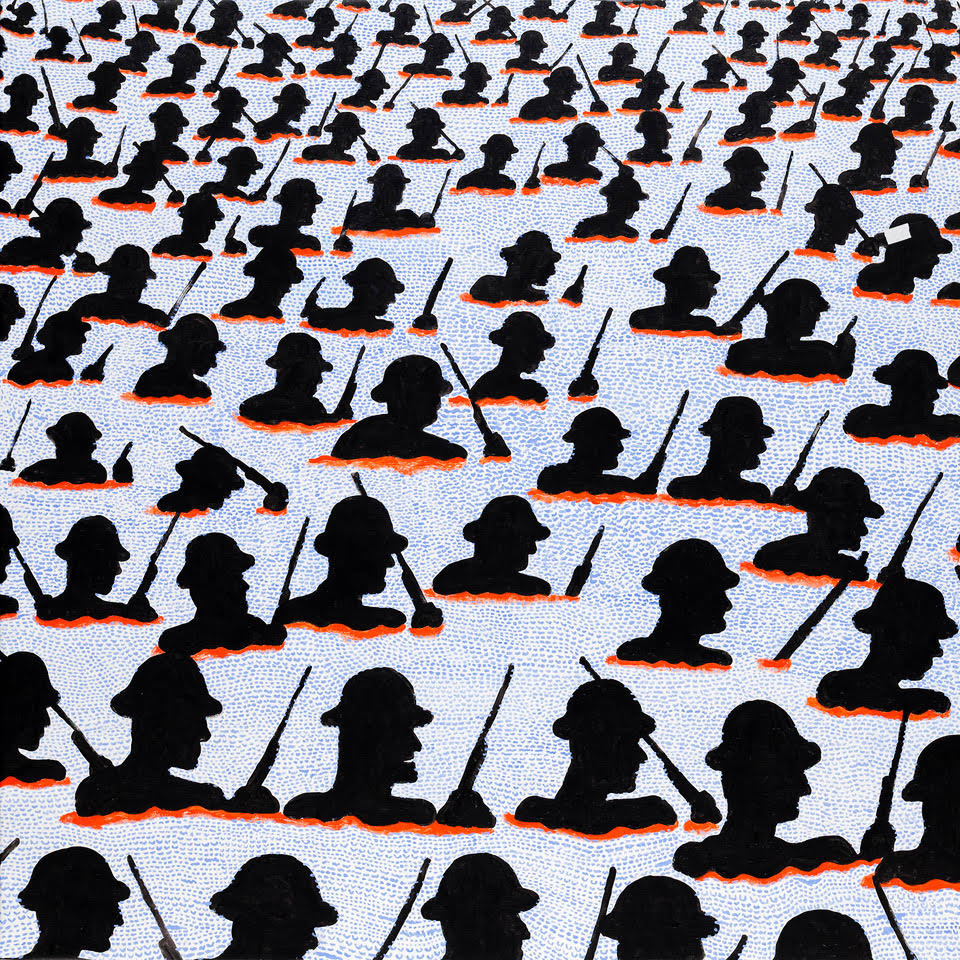Framework for the illustration : It should be compelling, accurate and interesting-Considerations?
Krampus is a beast-like creature from the folklore of Alpine countries thought to punish children during the Christmas season who had misbehaved, in contrast with Saint Nicholas, who rewards well-behaved ones with gifts. Krampus is said to capture particularly naughty children in his sack and carry them away to his lair. In Croatian culture in Croatia and Bosnia and Herzeovina, the tale says that on the night of 5th/6th of December, all the children have to clean up their boots and put them on the window, together with their letter to St. Nicholas. In the morning they will receive a surprise. The good kids get a gift from St. Nicholas and bad kids get gift from Krampus - a wooden stick.
Krampus is represented as a beast-like creature, generally demonic in appearance. The creature has roots in Germanic folklore; however, its influence has spread far beyond German borders. Traditionally young men dress up as the Krampus in Austria, Romania, southern Bavaria, South Tyrol, northern Friuli, Czech Republic, Slovakia, Hungary, Slovenia and Croatia during the first week of December, particularly on the evening of 5 December (the eve of Saint Nicholas Day on many church calendars), and roam the streets frightening children with rusty chains and bells. Krampus is featured on holiday greeting cards called Krampuskarten. There are many names for Krampus, as well as many regional variations in portrayal and celebration.
Source: http://en.wikipedia.org/wiki/Krampus
http://news.nationalgeographic.com/news/2013/12/131217-krampus-christmas-santa-devil/#at_pco=cfd-1.0&at_ab=-&at_pos=7&at_tot=4&at_si=547e5c1aff23c8ca
Using an existing image of Krampus is unacceptable.
http://news.nationalgeographic.com/news/2013/12/131217-krampus-christmas-santa-devil/#at_pco=cfd-1.0&at_ab=-&at_pos=7&at_tot=4&at_si=547e5c1aff23c8ca
Using an existing image of Krampus is unacceptable.
Objectives:
Apply the design model, Anomaly. Simply establish a pattern and break it, view the broken or irregular portion of the pattern as a compositional device to guide the viewer to the point of the picture. Use the anomaly to your benefit and to help express the idea of the illustration.
Apply the design model, Anomaly. Simply establish a pattern and break it, view the broken or irregular portion of the pattern as a compositional device to guide the viewer to the point of the picture. Use the anomaly to your benefit and to help express the idea of the illustration.
Pattern is considered a traditional Design Element or tool to help establish the structure the picture.
http://char.txa.cornell.edu/language/element/pattern/pattern.htm
https://www.getty.edu/education/teachers/building_lessons/principles_design.pdf
Use the creative process to complete the project.
https://www.getty.edu/education/teachers/building_lessons/principles_design.pdf
Use the creative process to complete the project.
Demonstrate the ability to be self-reliant and create a picture from concept to finish.
Manage your time.
Create your own project calendar addressing the elements defined.
Create your own project calendar addressing the elements defined.
Size and Medium:
Minimum size- 15 x 20 inches, or 20 x15 inches
Oils, must be on Strathmore 500 board
Minimum size- 15 x 20 inches, or 20 x15 inches
Oils, must be on Strathmore 500 board
Written Statement: (statement is due at the beginning of class 12/16)
Minimum 300 words, typed. The content of the statement should include and describe your thought process and path you took to complete this illustration. Explain how you used Anomaly as a design model, and how it advanced the picture and assisted the viewer. This picture should have the weight and depth of a final project as a product of a 200 level college class. The statement should address your creative rationale and explain why this picture possesses the qualities of a final project. Discuss how the imagery represents the theme, and be thoughtful in the statement, discuss any picture making problems and areas of success, include other information that you feel is relevant.
New item:
Calendar and deadlines: The objective here is that you define your deadlines, it's also important that you make the deadlines you set.
Calendar and deadlines: The objective here is that you define your deadlines, it's also important that you make the deadlines you set.
Submit your a calendar of target dates before you start. It should be typed and printed.
Elements that need to be completed.
Your submission must be comprehensive and the quality of work submitted should represent the depth and weight of a final both in substance and craftsmanship.
Your submission must be comprehensive and the quality of work submitted should represent the depth and weight of a final both in substance and craftsmanship.
Thumbs (5)
Value study
Comprehensive plus 3 completed color studies
(New item)
Complete for approval a minimum of three half size color studies (warm, cool and color scheme of your choice). Complete this before you proceed to the next step.
Any medium and surface can be used. However, the quality should match and advance your academic level and be refined enough that they are useful. The function of this exercise allows you to work out color issues for both client and artist.
Paint days
Final: 12/16 (due at the end of class)
Each project element is worth 100 points- not completing it or submitting sub-par material will receive a zero.
Comprehensive plus 3 completed color studies
(New item)
Complete for approval a minimum of three half size color studies (warm, cool and color scheme of your choice). Complete this before you proceed to the next step.
Any medium and surface can be used. However, the quality should match and advance your academic level and be refined enough that they are useful. The function of this exercise allows you to work out color issues for both client and artist.
Paint days
Final: 12/16 (due at the end of class)
Each project element is worth 100 points- not completing it or submitting sub-par material will receive a zero.

